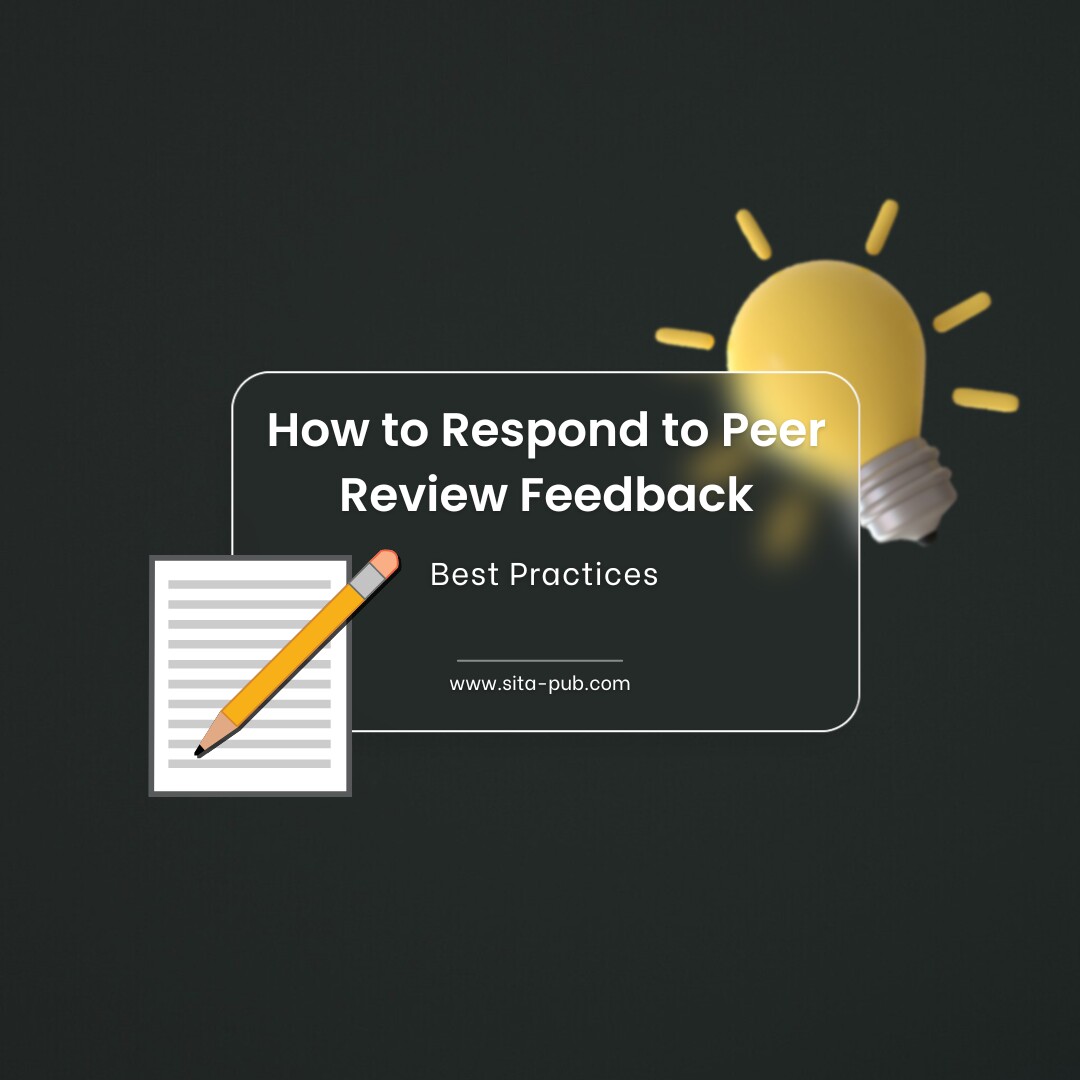How to Respond to Peer Review Feedback: Best Practices


Getting feedback from peer reviewers can feel both rewarding and challenging. This feedback is an important part of the academic publishing process because it helps you improve your work. Responding to this feedback well is key to getting your paper accepted. Here are some best practices to help you through this important step.
After receiving the feedback, take some time to think about it. It’s natural to feel upset or defensive, especially if the comments are tough. Allow yourself a day or two to read the feedback without rushing to reply. This pause can help you think more clearly about the comments.

Look at each comment from the reviewers closely. It’s important to understand what they are saying and why. Reviewers may point out weaknesses in your methods, gaps in the literature, or unclear arguments. Make a list of all the feedback, and separate it into major and minor points.

Look at the feedback without emotions. Decide which comments you agree with and which you might not. This will help you know how to respond to each point. Remember, reviewers are often your peers who want to help you succeed, so their comments can be very helpful, even if they are hard to accept.

Start with the major changes that can improve your paper a lot. These might include changing your research design, adding important literature, or clarifying your arguments. Address these comments thoroughly, explaining how you have made the changes.

Don’t ignore minor comments. While they might seem less important, responding to them shows you respect the reviewers’ opinions. Minor comments can include grammar corrections, formatting suggestions, or requests for clarity. Fixing these points can improve the overall quality of your paper.

A clear response letter is essential. Start by thanking the reviewers for their time and feedback. Then, explain how you have addressed each comment. Use a numbered list to match the reviewers’ comments with your responses. This makes it easy for reviewers and editors to see your changes.
Comment from Reviewer 1: “The methodology section lacks clarity.”
Response: “Thank you for this important feedback. We have revised the methodology section to provide clearer details about our approach, especially outlining the data collection process more thoroughly.”
Always keep a professional and respectful tone in your response letter. Avoid being defensive or dismissive of the reviewers’ comments. If you disagree with a suggestion, politely explain your reasoning and provide evidence to support your decision. This shows that you are willing to engage in a constructive discussion.

After writing your response letter, make the necessary changes to your manuscript. Ensure that your revisions are clearly marked, especially if the journal has specific requirements for showing changes. Some journals may ask for both a clean version of the manuscript and a marked-up version, so follow their submission guidelines.

Before resubmitting, consider asking colleagues or mentors for feedback. They can provide additional insights and help identify any remaining issues. A fresh perspective can catch problems you might have missed and suggest further improvements.

Once you’ve made all the changes and finalized your response letter, submit your manuscript with confidence. Trust that you have taken the reviewers’ feedback seriously and made meaningful improvements. Remember, peer review is there to help enhance your research, and embracing this process can lead to good results.

Responding to peer review feedback is an important part of the academic publishing process. By taking time to think about the feedback, addressing comments thoroughly, and maintaining a respectful tone, you can improve your manuscript and increase your chances of publication. Embrace this opportunity to grow, knowing that each revision brings you closer to sharing your valuable research with others.
If you have any questions, inquiries, or would like to learn more about our services, please don't hesitate to reach out to us. Our dedicated team is ready to assist you.